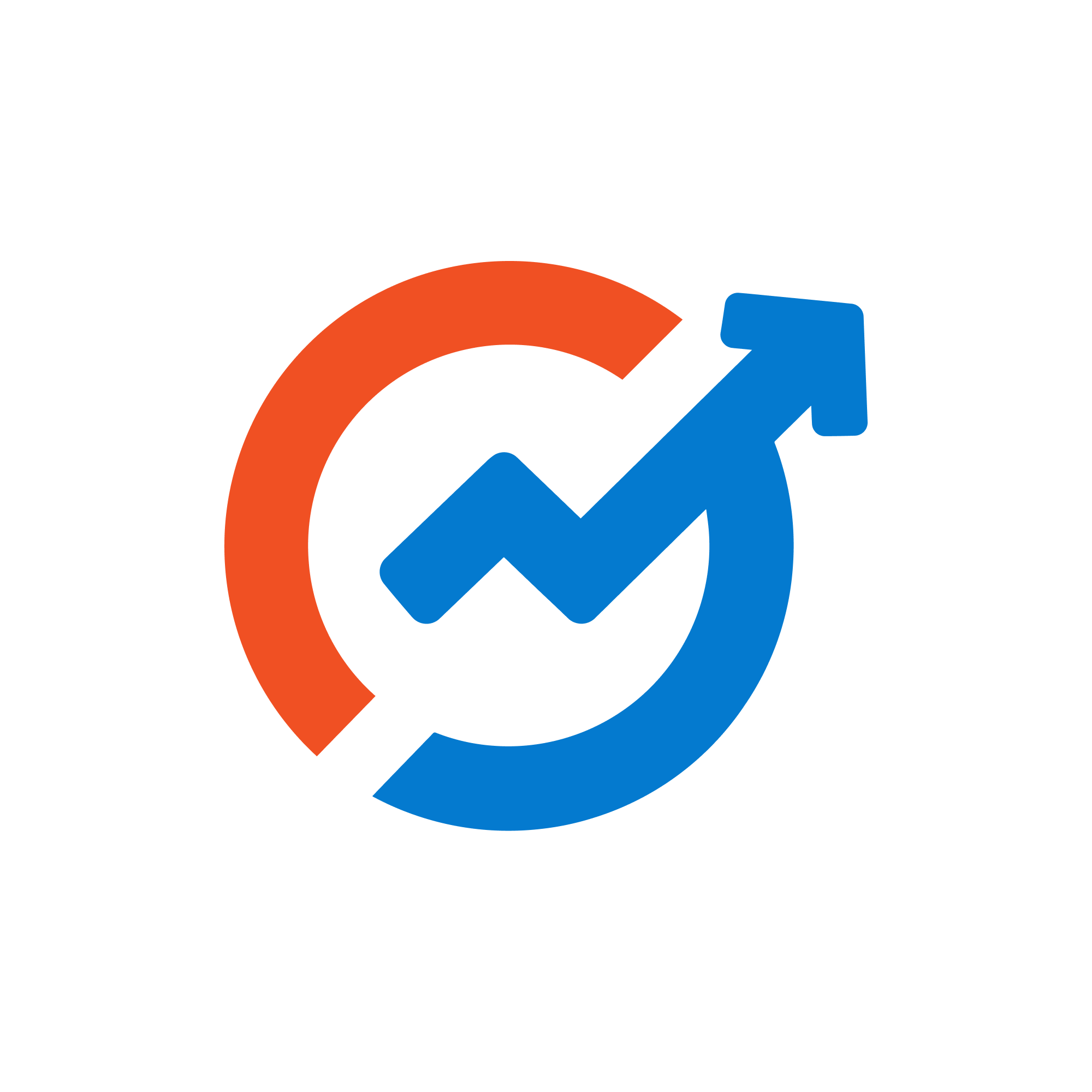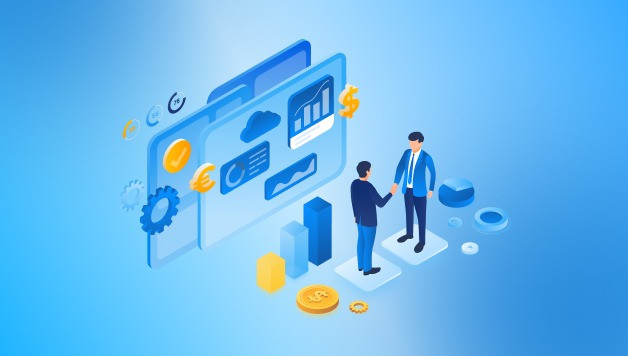10 FinTech SaaS Ideas That Could Make You the Next Industry Giant

Published •
 The future of finance is digital and SaaS is leading the charge. With the explosive growth of cloud-native financial tools, the FinTech sector has become one of the most promising arenas for SaaS innovation. Entrepreneurs, developers, and investors are all tapping into FinTech SaaS business models to build scalable, revenue-generating platforms that solve real financial problems.
The future of finance is digital and SaaS is leading the charge. With the explosive growth of cloud-native financial tools, the FinTech sector has become one of the most promising arenas for SaaS innovation. Entrepreneurs, developers, and investors are all tapping into FinTech SaaS business models to build scalable, revenue-generating platforms that solve real financial problems.
In this blog, we’ll explore 10 bold ideas in SaaS fintech in financial technology that could inspire your next breakthrough product or venture. Whether you're an early-stage founder or a seasoned investor, these models blend innovation, recurring revenue, and problem-solving at scale.
Why Build a FinTech SaaS Startup?
The Market Is Ripe for Disruption
- Global fintech market expected to reach $556 billion by 2030
- Demand for automation, compliance, and financial inclusion is growing
- Cloud-based SaaS platforms lower costs and accelerate deployment
Starting a SaaS startup in FinTech now positions you to ride this massive digital transformation wave.
10 FinTech SaaS Business Models That Can Dominate the Industry
Let’s explore the most compelling FinTech SaaS models, complete with real-world use cases and monetization ideas.
1. AI-Powered Expense Management SaaS
Modern businesses struggle with expense tracking, compliance, and approval workflows. Create a SaaS platform that uses AI to:
- Auto-categorize transactions
- Flag suspicious spending
- Integrate with accounting systems
Revenue Model: Per-user subscription + tiered pricing for analytics features.
2. Subscription-Based Payroll Automation
This FinTech SaaS business model streamlines payroll, taxes, and benefits for small businesses or freelancers. Build integrations with local compliance frameworks and automate deductions.
Use Case: Gusto and OnPay have gained traction using this model. Niche markets like remote teams or gig workers are ripe for innovation.
3. Robo-Advisory Platform for SMBs
Most robo-advisors target individuals. You could differentiate by building a SaaS tool for SMBs that offers:
- Automated portfolio rebalancing
- Forecasting tools for business cash reserves
- ESG-aligned investment options
SaaS in financial technology is evolving, and this model appeals to eco-conscious and time-poor founders.
4. B2B Credit Scoring and Risk Analytics
Use machine learning to assess creditworthiness of businesses applying for loans, vendor relationships, or credit lines.
Who Needs It?
- FinTech lenders
- Procurement departments
- Insurance underwriters
Monetization: API-based pricing or monthly tiers depending on data volume.
5. Compliance-as-a-Service for FinTech Startups
FinTech founders dread compliance. Build a SaaS platform that handles:
- KYC/AML checks
- Data residency compliance (GDPR, CCPA)
- Transaction monitoring
This niche yet essential FinTech SaaS business model delivers recurring revenue from startups that need to stay compliant without building internal teams.
6. Embedded Finance Toolkit for Non-Financial Brands
Enable eCommerce or logistics companies to offer embedded financial services:
- Buy Now, Pay Later (BNPL)
- Digital wallets
- Micro-loans
Offer white-labeled APIs and dashboards as part of a SaaS development services package.
7. SaaS for ESG Financial Reporting
More investors are demanding Environmental, Social, and Governance (ESG) reports. Create a platform that automates:
- ESG benchmarking
- Sustainability scoring
- Investor-ready reporting
This idea merges finance with impact-driven decision-making—a hot area in 2025 and beyond.
8. Crypto Tax Reporting SaaS
The rise in crypto usage has led to a massive demand for accurate tax reporting tools.
Key Features:
- Wallet integration
- Country-specific tax logic
- Auto-filled forms for CPAs
Target both consumers and accountants through freemium + pro-tier SaaS pricing.
9. Invoice Factoring SaaS for Freelancers and SMBs
Cash flow is a major pain point for service providers. Create a platform where invoices can be uploaded and instantly factored.
- Assess invoice value using ML
- Charge a fee or offer factoring partners
- Include CRM-style tools to track receivables
This product solves a cash crunch while generating transaction-based income.
10. Smart Budgeting Platform for Startups
Founders often lack deep finance backgrounds. Create a SaaS dashboard that offers:
- Burn rate analytics
- Fundraising runway tracking
- Custom financial models
This type of SaaS development service can be packaged as a monthly tool with investor-grade reporting built in.
Benefits of These FinTech SaaS Business Models
Scalability
Each of these models is built on subscription or usage-based pricing—ideal for compounding revenue.
Real-World Problem Solving
They solve urgent needs: compliance, forecasting, payroll, ESG tracking—all underserved niches.
Cross-Market Adaptability
These platforms can be tailored for different geographies, verticals, or company sizes.
How to Build a Winning FinTech SaaS Startup
Step 1: Validate the Problem with Target Customers
Conduct discovery calls, surveys, and landing page tests.
Step 2: Choose a Robust Tech Stack
Use cloud-first, secure, and scalable frameworks. FinTech users expect bank-grade security.
Step 3: Partner with a Skilled Development Team
Whether you’re bootstrapping or funded, invest in quality saas development services that understand both tech and finance.
Step 4: Focus on UX and Compliance
Financial tools must be intuitive, trustworthy, and legally sound. Poor UX kills adoption—even with great backend logic.
Semantic SEO Tip: Related Terms to Include
To improve content relevancy and ranking, make sure to associate these related entities:
- Digital banking APIs
- Cloud finance solutions
- AML/KYC compliance
- Open banking platforms
- Payment orchestration
- Usage-based billing models
Final Thoughts: SaaS FinTech Is the Ultimate Opportunity in 2025
As digital transformation continues to reshape financial services, the opportunity to build the next great SaaS fintech platform is bigger than ever. The 10 FinTech SaaS business models we've covered address major gaps in the market—and offer high growth potential with recurring revenue baked in.
Whether you're an entrepreneur exploring startup ideas or a SaaS development services provider looking to specialize in a high-demand niche, these models offer a roadmap to create real impact—and real profits.
Hashtag